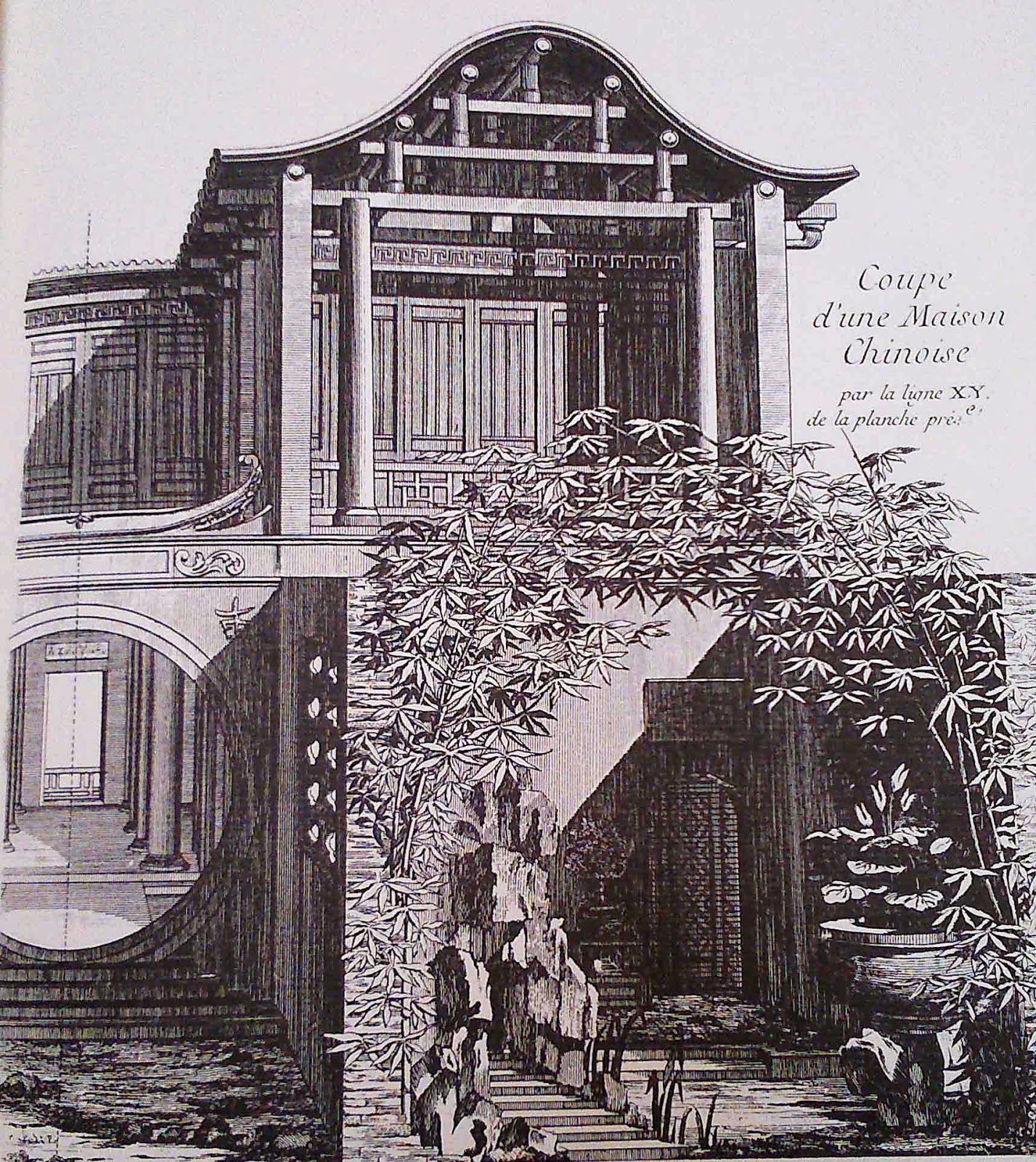The "New approaches in Chinese garden history" conference of the 19th June has been an opportunity to develop another free talk on Chinese gardens after the one given by Alison Hardie in May. This time it is Bianca Rinaldi who will present on the topic of:
The Illusion of Space: on Garden Design in China.
Monday 15th June.
Doors open: 10.30am; Talk: 11.00am – 12noon.
Venue: The Discovery Centre, Sheffield Manor Lodge, Manor Lane, Sheffield, S2 1UJ.
Presented in association with The Confucius Institute (University of Sheffield).
Tickets are free but please book in advance as places are limited. Email: info@greenestate.org
Telephone: 0114 2762828
Refreshments will be available at the event and the Rhubarb Shed Cafe will be open for lunches after the event.
Abstract (from the organisor):
The lecture discusses the Chinese garden focusing on the key characteristics of its design: its scenery of naturalness, its varied sequences of different ambiences and spaces, the arrangement of central elements (water, rocks, plants, architectural structures), the visual devices and methods used to manipulate the quality and apparent dimensions of garden space. The reading of the compositional structure of the Chinese garden will be applied to a renowned classical garden: the Wangshi yuan (Garden of the Master of the Fishing Nets) in Suzhou.
Bianca Maria Rinaldi teaches landscape architecture at the University of Camerino, in Italy, and is visiting professor at the National University of Singapore. She is the author of The ‘Chinese Garden in Good Taste’. Jesuits and Europe’s Knowledge of Chinese Flora and Art of the Garden in 17th and 18th Centuries (2006) and of The Chinese Garden-Garden Types for Contemporary Landscape Architecture (2011), which has been awarded a J.B. Jackson Prize for 2012 by the Foundation for Landscape Studies, New York. She is currently working on a book on Western views of Chinese gardens from the 13th to the 19th century.
Bianca Maria Rinaldi teaches landscape architecture at the University of Camerino, in Italy, and is visiting professor at the National University of Singapore. She is the author of The ‘Chinese Garden in Good Taste’. Jesuits and Europe’s Knowledge of Chinese Flora and Art of the Garden in 17th and 18th Centuries (2006) and of The Chinese Garden-Garden Types for Contemporary Landscape Architecture (2011), which has been awarded a J.B. Jackson Prize for 2012 by the Foundation for Landscape Studies, New York. She is currently working on a book on Western views of Chinese gardens from the 13th to the 19th century.
Other "Chinese garden history" events to come at the University of Sheffield:
"New approaches in Chinese garden history" conference 19th June
See announcement & bookings here.
Guided garden visit to Biddulph Grange, 18th June
See announcement & bookings here.











